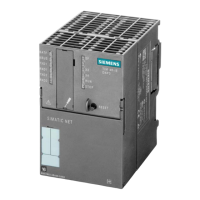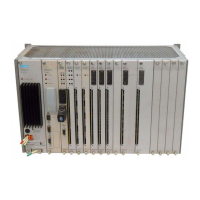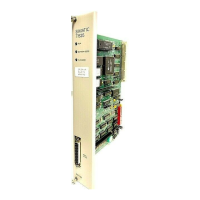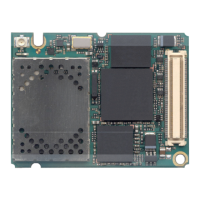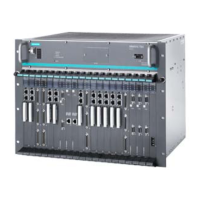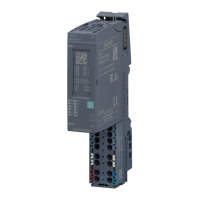The SINAUT Configuration Tool
6.6 TD7onTIM
TIM DNP3
System Manual, 06/2014, C79000-G8976-C253-03
163
Variations further specify the object groups
according to the data format.
There is no direct counterpart for variations in
TD7onTIM. The data format is specified by the
Channels are not defined in the DNP3 protocol.
Each data object has a fixed set of one or more
channels for sending or receiving data (send
channels, receive channels).
Depending on the object type, one or more data
points are configured in a channel.
The transmission type and the CPU memory area
of the data points are configured in the channels.
Configuring the index
Configuring the index or start index
The index is used for the unique identification of data points.
Note
Unique index per subscriber and per object group
For every subscriber, the index of a
data point within an object group must be unique.
Configuring using the "Start index"
The index is configured with the data objects. Objects containing more than one data point
therefore have an index band with several indexes.
In the configuration, the index band of an object is specified using the start index. You
specify the start index manually.
If objects have several data points, the index is assigned by the system continuously starting
from the start index. This means that data points within a data object are numbered through
with ascending indexes; refer to the next example.
You will find an overview of the number of indexes occupied by the data objects in the
section Data objects: Partner and send parameters (Page 198).
Note
Continuous index assignment
For each station (subscriber) make sure that the numbering of objects of an object group
starts at zero, is consecutive and, where poss
ible, without gaps. Gaps in the numbering and
very high index numbers reduce the data throughput.

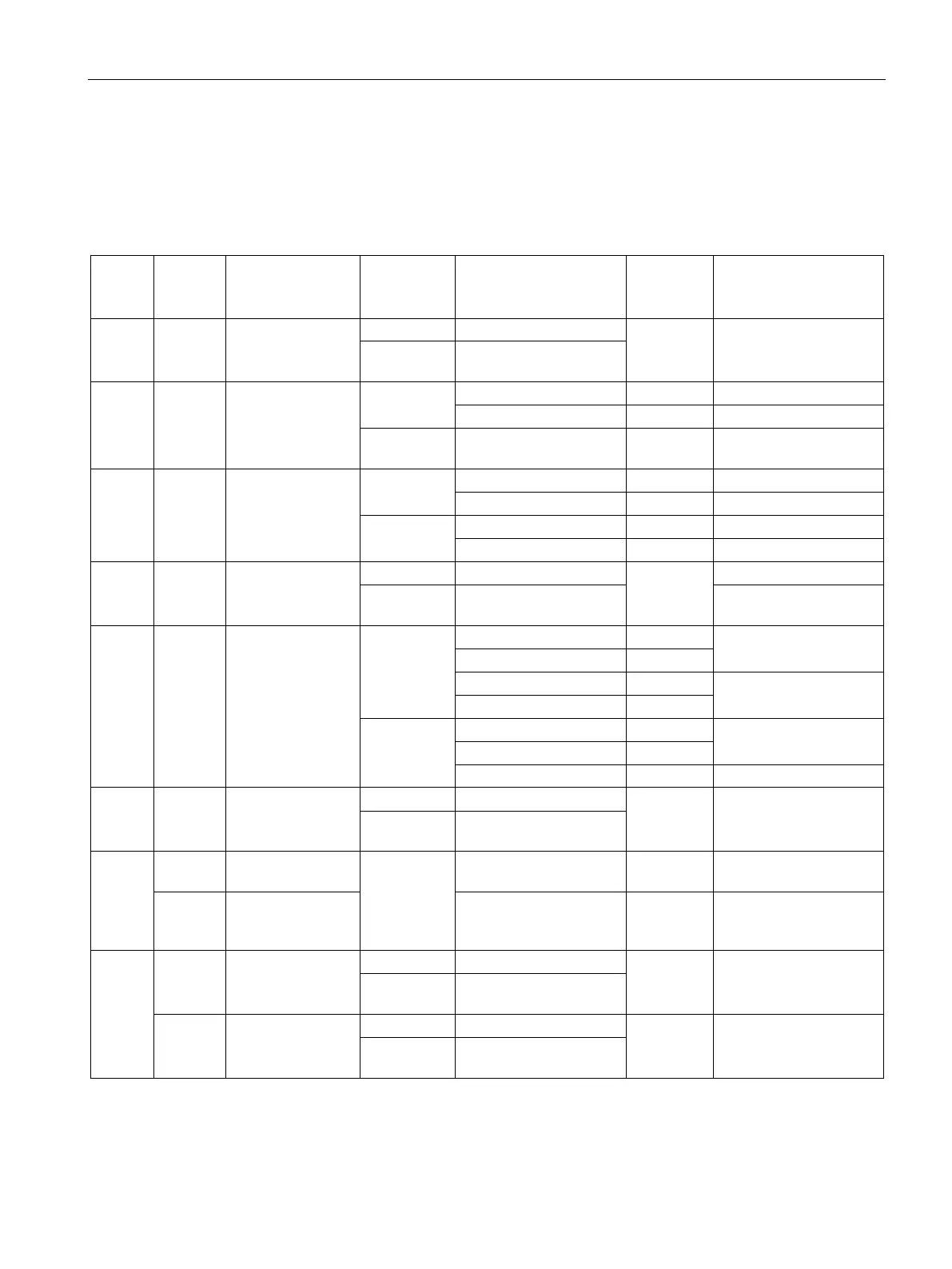